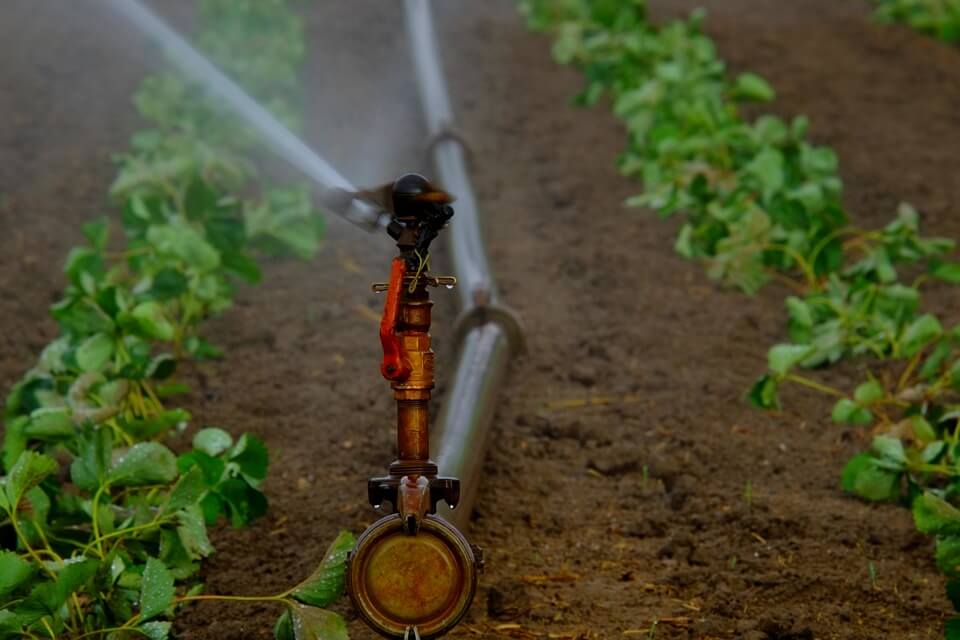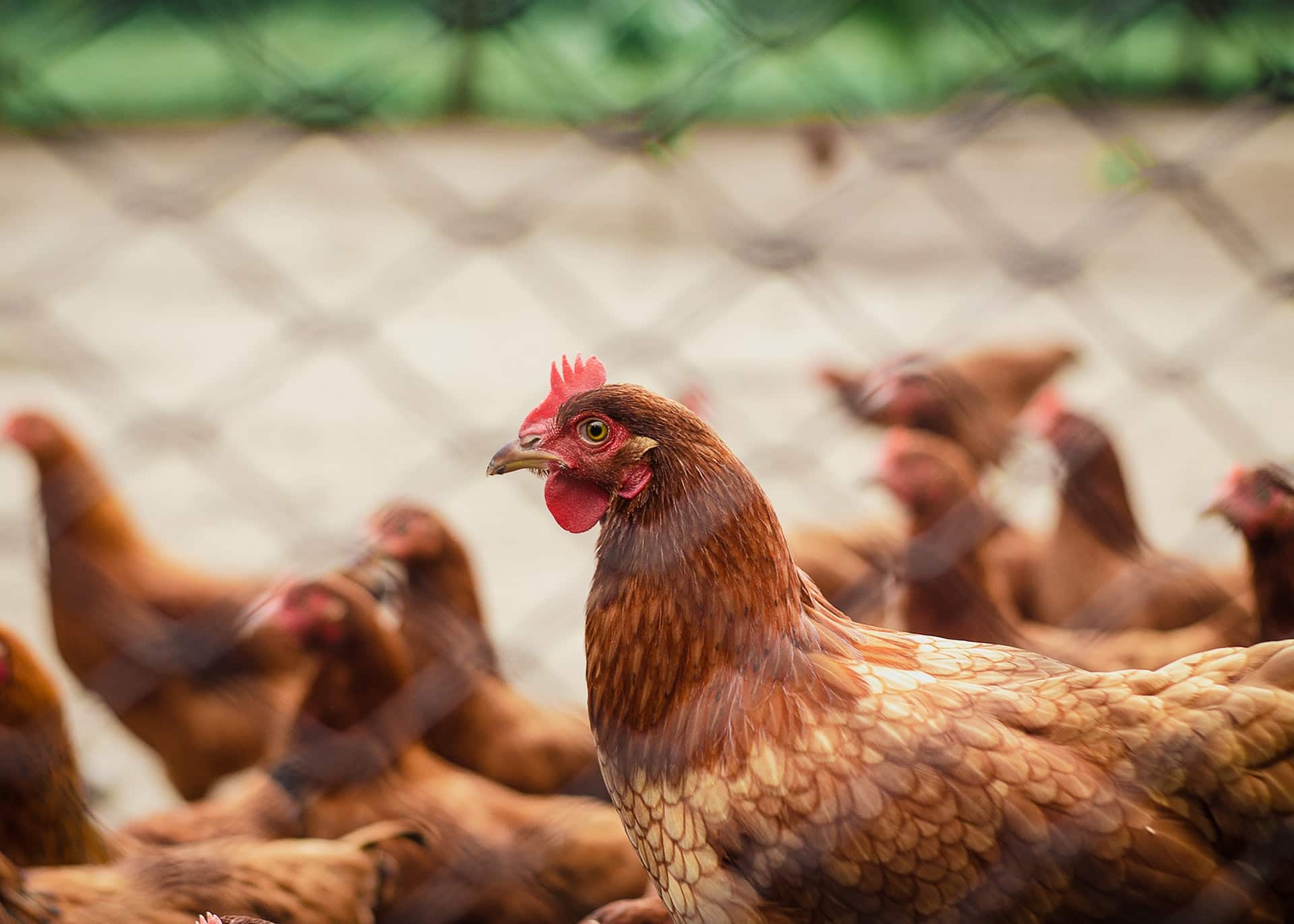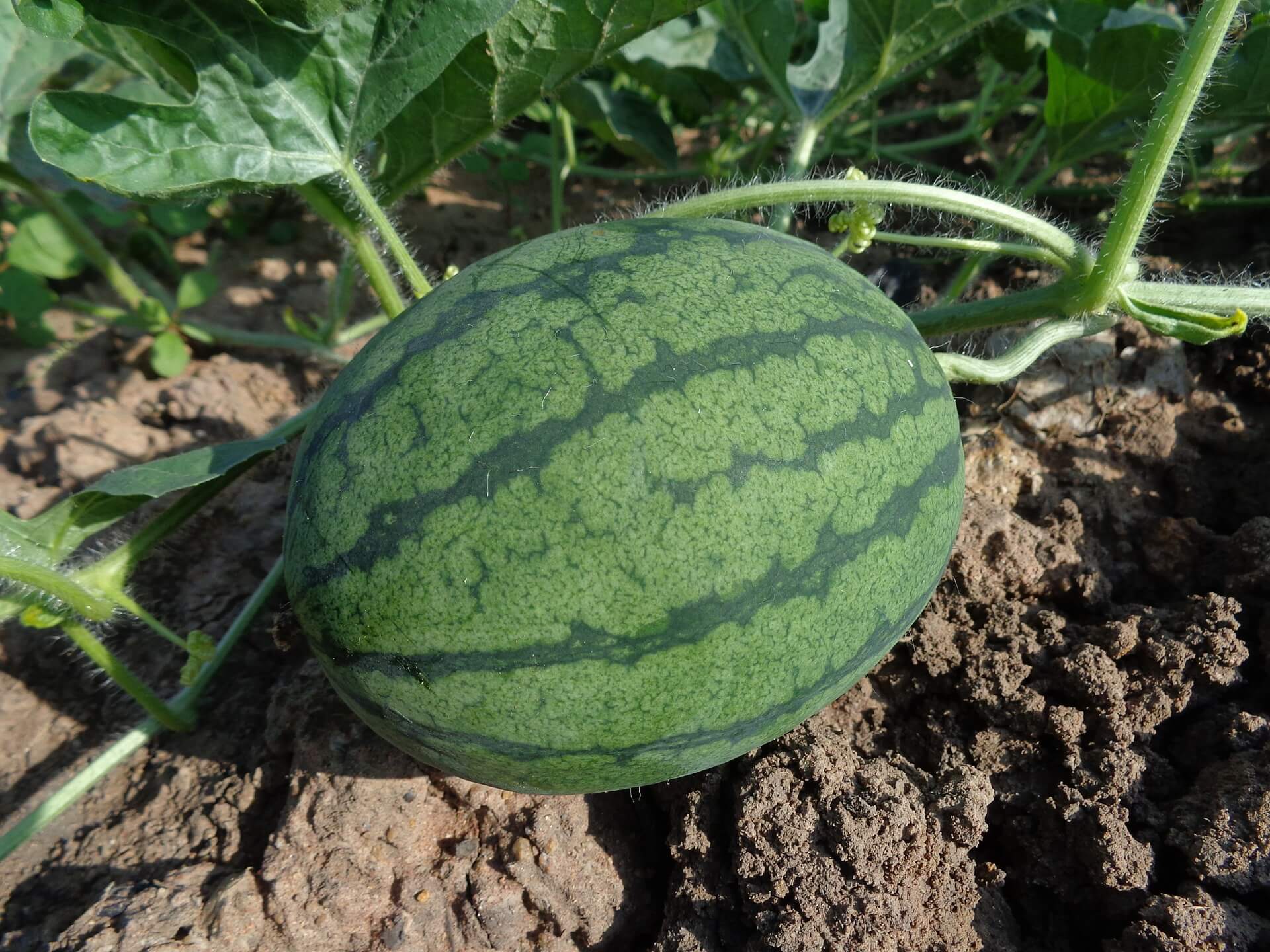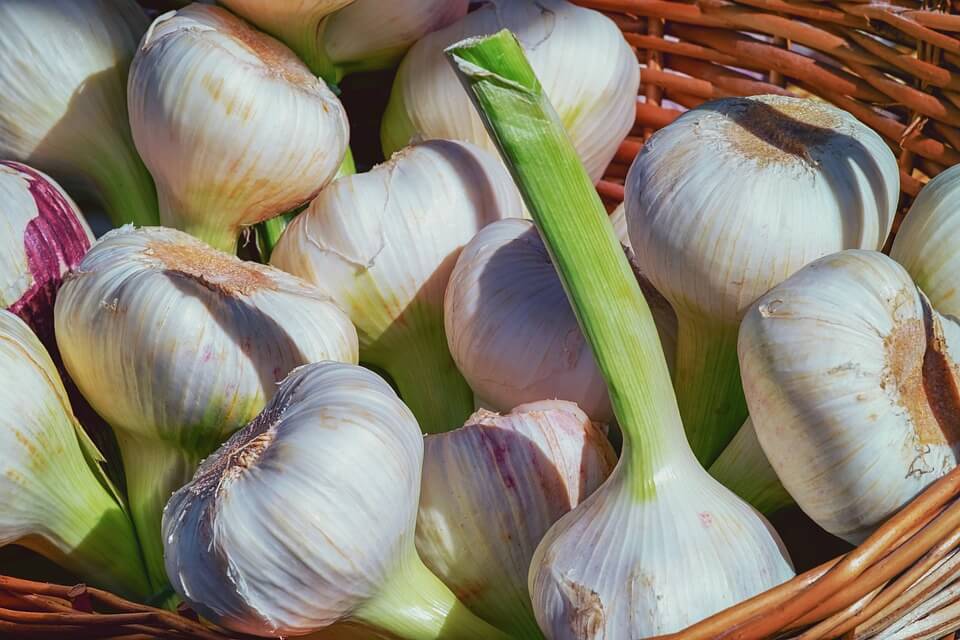Did you know that there are three types of sprinkler irrigation in Kenya? Well, the different types are currently available on the market and vary according to the mode of operation.
If you are new to sprinkler systems, then you have come to the right place. In this post, we’re going to show you how sprinklers work, their different modules, and finally their usage.
As you all know, sprinkler irrigation is one of the main irrigation methods used in arid and semi-arid areas in Kenya. Its main advantage being its versatility since different models are suitable for different farming methods.
In today’s post, you will learn about irrigation sprinklers in Kenya. you will also get to know the different types of sprinkler systems. Let’s do this.
Sprinklers Irrigation in Kenya: How does Sprinkler Irrigation Work?
Invented in the 19th century, sprinkler irrigation works by stimulating the effect of rain on soil and plants by spraying water.
The system uses a mechanism called “sprinkler”, which divides water into tiny jets and propels them towards the field.
Sprinkler irrigation is considered as one of the most efficient and effective models for managing precision agriculture.
You may also like How to plant Irrigated Watermelons in Kenya.
It can be used to irrigate cattle pastures and various crops, such as maize, potatoes, and tomatoes.
The principles of Sprinkler Irrigation
Here are some of the main principles that you need to understand how the choice for sprinkler irrigation works.
The type of water to be used for irrigation
- Here, it is of utmost importance to analyze and understand the type of nozzle required for the system that you intend to adopt. This is because, sprinklers with smaller diameters are more likely to clog with impurities and, therefore, will need the installation of filters.
- Check the quality of the water that will be used for irrigation, because dirty water with a high concentration of sediments causes the corrosion of the nozzles.
- In cases where the water catchment point has many sediments, it is recommended to build a sedimentation tank so that the water is “purified” before being used in the sprinkler irrigation.
Type of the Soil
Here you need to consider the intensity of the sprinklers in relation to the water’s infiltration capacity in the soil.
Special care is needed so that irrigation does not exceed the water infiltration rate in the soil which can cause runoff and eventually erosion.
Type of crop
Sprinkler irrigation is more suitable for crops that cover almost the entire surface of the soil after initial growth.
The height of the plants in your crop needs also to be considered when choosing a sprinkler irrigation system, as different models have different height and range limitations.
It is also worth remembering that sprinkler irrigation is not required for certain types of crops, such as tomatoes and peppers. As a matter of fact, sprinkler irrigation aids in the development of specific diseases of these plants.
In addition to the crops exemplified above, sprinkler irrigation is not recommended for shallow root crops in sandy soils.
Topography and investment
The area to be irrigated should have a slope of 30° at most, even though sprinkler irrigation is known for its adaptation to various topographic conditions.
The investment of sprinkler irrigation in Kenya varies a lot according to the size of your crop and the type of sprinkler irrigation you nee.
Types of sprinkler irrigation in Kenya
Nowadays, agriculture works mainly with three types of sprinkler irrigation in Kenya: Conventional system, central pivot, and self-propelled system.
Conventional Sprinkler Irrigation in Kenya
This is the most traditional and also the most basic model. Here, the sprinkler is a simple device that launches jets of water of different sizes through a nozzle.
These type of sprinklers are classified as either permanent or semi-permanent and portable or semi-portable:
Permanent
This system has fixed underground pipes, which do not move from side to side. and covers the entire area to be irrigated.
Semi-permanent
The semi-permanent system has portable plumbing, which must also cover the entire area to be irrigated.
Portable
With the portable system, the mobile equipment can be moved freely hence covering areas where there are no pipes.
Semi-portable
This is characterized by the main pipeline and hydrants in lateral lines positioned at each change point.
Central pivot irrigation
This is a technologically advanced type of sprinkler irrigation that is meant for use in large areas. Its cost is also higher.
The central pivot consists of a fixed base responsible for supporting an overhead pipe. The water is conveyed to the pipe through throws and distributed to suspended sprinklers, which perform the irrigation in jets.
All the equipment moves through electric motors or diesel engines in an automated way, moving in circles on wheels.
Self-propelled sprinkler irrigation
Lastly, the last type of sprinkler irrigation (and the most suitable for small and medium-sized farms) is the self-propelled spool system. The sprinkler is just one piece of equipment, called a cannon.
The cannon is positioned on a mobile car, which is automatically retracted with the water’s own force while at the same time throwing the water jets into the plantation.
Types of Sprinkler Irrigation in Kenya by Operation
In terms of operating principle, there are two main differences between the most common types of sprinkler: Fixed ones, which work as diffusers, and Rotary ones.
Fixed sprinklers have been the preferred types for the center pivot irrigation system whereas Rotary sprinklers are the most common, used in irrigation by conventional sprinklers or by the reel.
Rotary Impact Sprinkler
The rotary impact sprinkler has a swing arm, a control spring, and a head. whereas the Rotary sprinkler by reaction has two arms on a base and is ideal for irrigating circular areas of medium and small size.
Types of sprinkler by the angle of action
The angle of action is another feature that differentiates sprinklers. There are some models that can travel up to 360º. Hence making a complete turn around themselves and irrigating the entire area corresponding to the turn.
And then, there are models with sectorial rotation, in which the wetting angle can be adjusted. In this case, only a part of the sprinkler’s turning area is irrigated.
The sectoral sprinkler is generally used in irrigation systems for small and medium areas or to irrigate the peripheral regions of land.
What is the ideal irrigation sprinkler for small farmers?
Sprinklers are classified as follows:
- Short-range radius (less than 6 meters):- They are mostly used type in micro-sprinklers and rotary sprinklers for irrigation in gardens, greenhouses, and orchards.
- Small to medium range radius (between 6 and 12 meters):- These are mostly used in fixed and rotating sprinklers, for irrigating vegetables, nurseries, and sub-canopies in fruit growing.
- Medium to long-range radius (between 12 and 36 meters): Used in portable or semi-permanent sprinkler irrigation projects, and best adapt to almost all types of crops and soil.
- Long-range radius (between 40 and 80 meters) – Used for irrigation of cereal plantations such as sugar cane and orchards.
Nozzle and Pressure Sprinkler Types
Sprinklers can have 1, 2, or 3 nozzles, with diameters ranging from 2 to 30mm. This number influences the amount of water released.
Another factor that varies is the pressure intensity of the jet. The greater the pressure, the greater the range, as specified above.
High-pressure sprinklers need pumps with high speeds to boost large volumes of water. Therefore, the irrigation systems that adopt this type of model will definitely consume more energy.
Low-pressure sprinklers, on the other hand, demand less pumping intensity. Of cause, this is without significantly reducing water flow and hence being a more economical alternative. However, the short reach of the jet can be a disadvantage, especially in large areas.
Conclusion
As you can see, there are no good or bad types of a sprinkler. Each model is best suited to the needs of a particular crop, planting area, and irrigation system.




